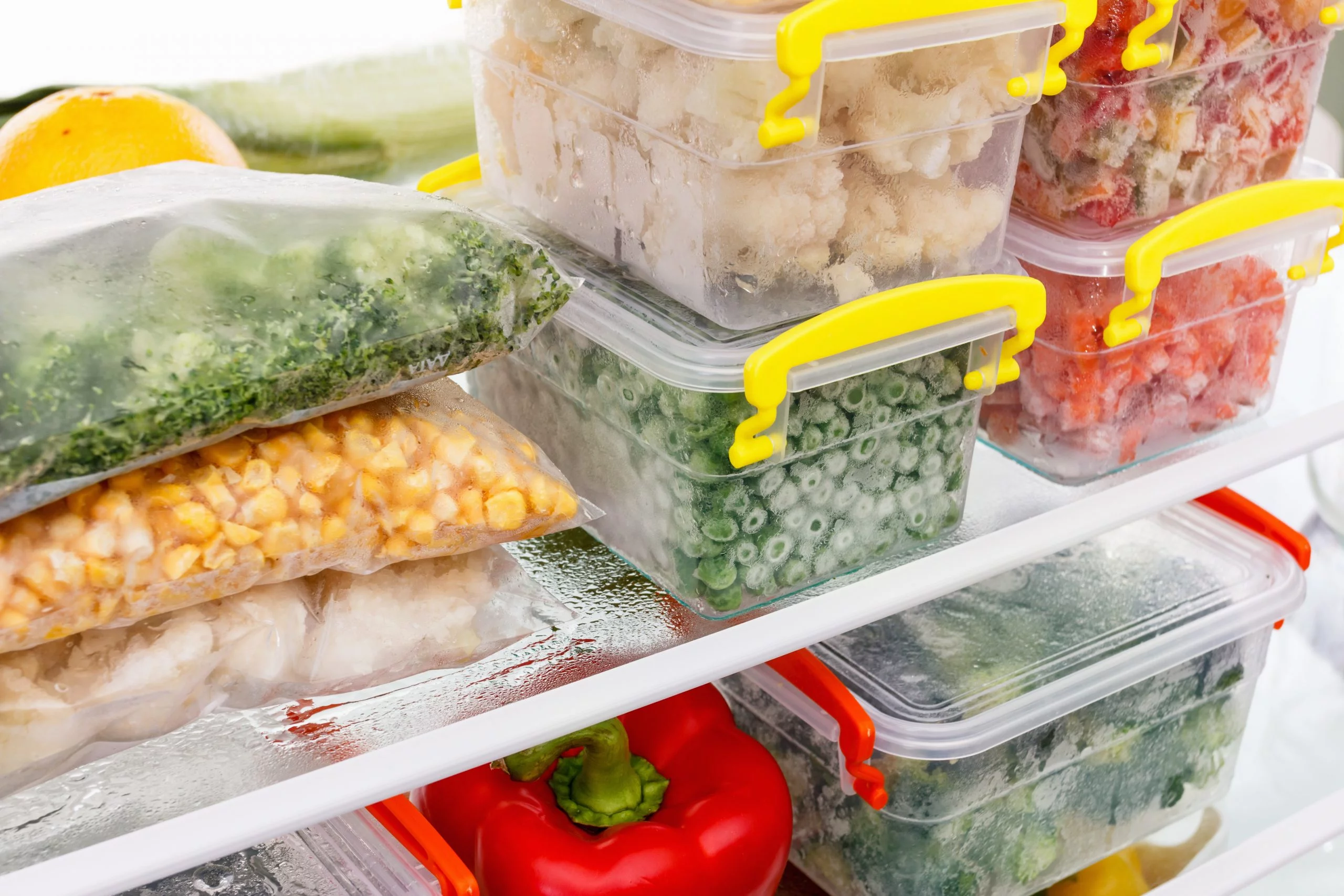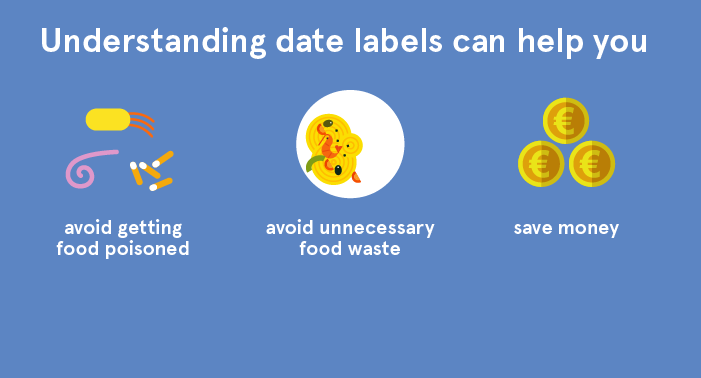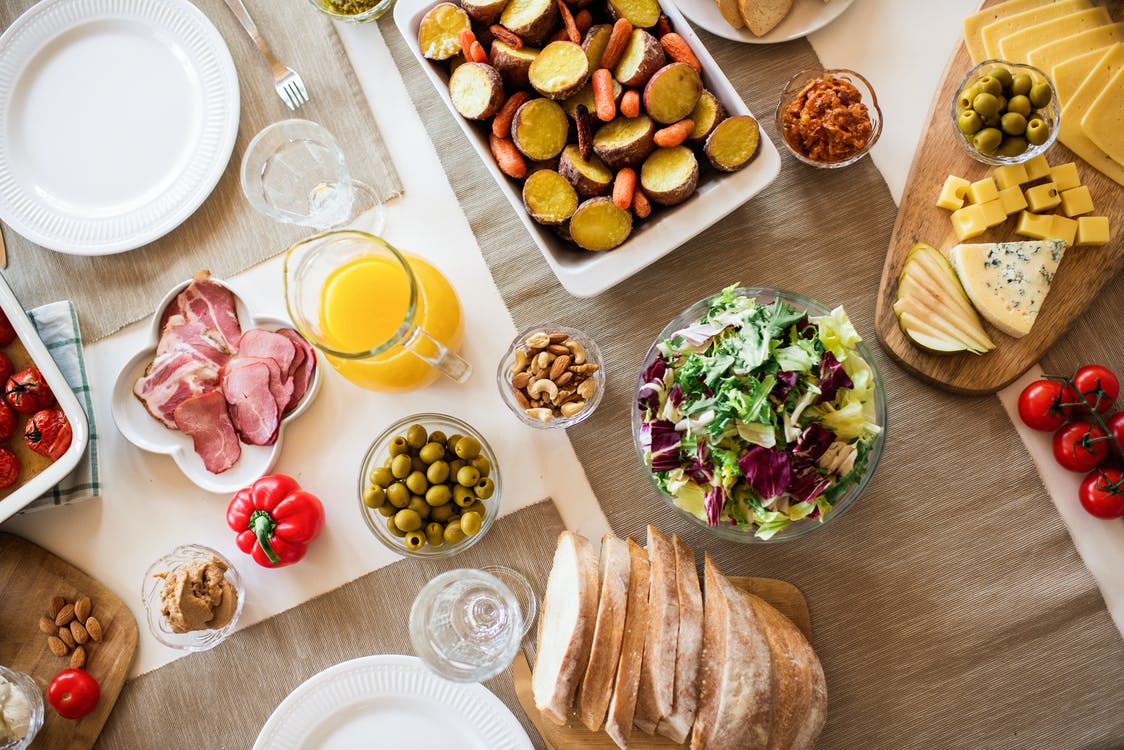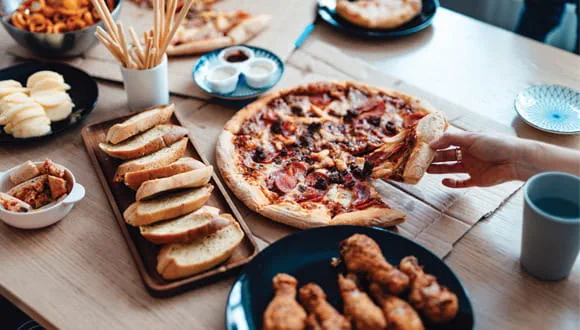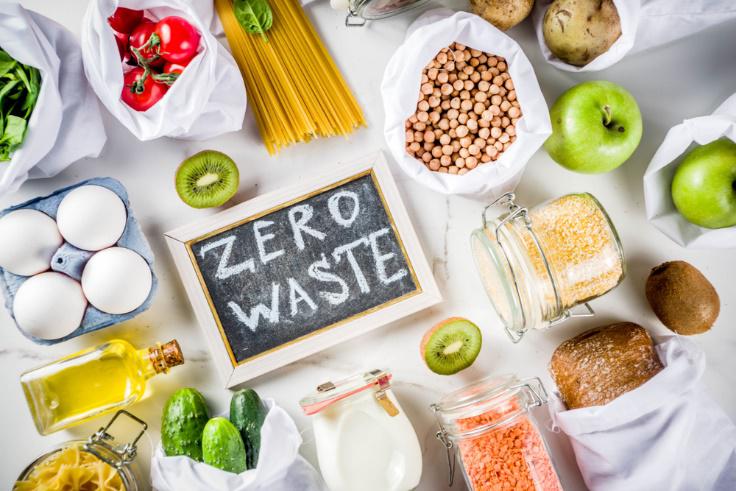
Food waste represents a significant challenge for households and communities worldwide. In a society where millions face hunger, discarding food not only squanders valuable resources but also contributes to environmental degradation.
In the United States alone, approximately one-third of all food produced goes uneaten, leading to an astounding loss of about 133 billion pounds each year, equating to roughly $161 billion. Meanwhile, in the European Union, about 88 million tonnes of food are wasted annually, with more than half originating from households.
Table Of Contents
- Benefits of Preventing Wasted Food at Home
- Plan Your Meals
- Know How to Store Your Food
- Understand ‘Use By’ vs ‘Best Before’ Dates
- Use What You Have
- Avoid Serving Too Much
- Know Your Moulds
- Share Extra Food with Others
- Repurpose Waste Where Possible
Benefits Of Preventing Wasted Food At Home
Preventing food waste is one of the most impactful actions individuals can take to save money and reduce their carbon footprint. By simply buying what you need, eating what you purchase, and avoiding food waste, the average family of four can save approximately $1,500 per year.
YouTube Video
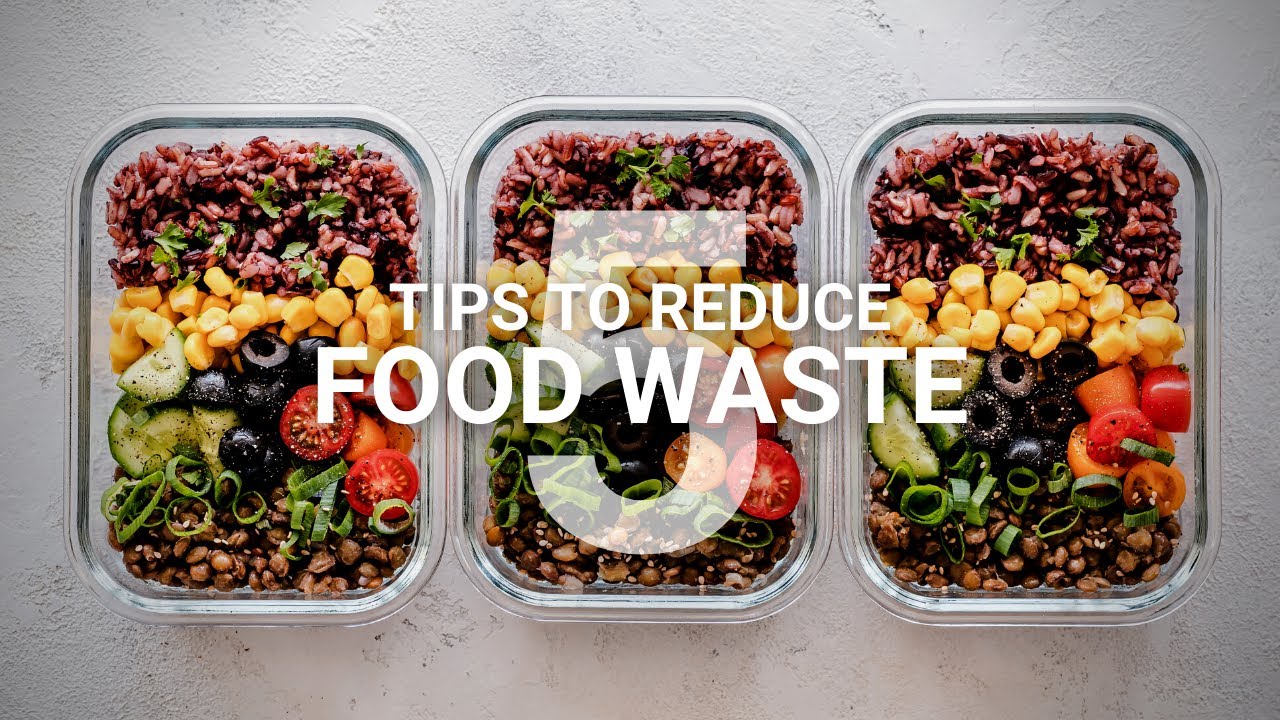
5 tips to reduce food waste
Moreover, reducing food waste conserves essential resources and energy. When food is wasted, the land, water, energy, and labor that went into producing, processing, transporting, and storing that food are also wasted.
Importantly, when food decomposes in landfills, it emits methane, a potent greenhouse gas that contributes to climate change. Municipal solid waste landfills are the third-largest source of human-related methane emissions in the U.S., with food waste accounting for 58% of those emissions.
Key Benefits:
- Financial Savings: Save money by purchasing only what is necessary.
- Environmental Impact: Reduce greenhouse gas emissions by minimizing waste.
- Resource Conservation: Save water, energy, and land that are used in food production.
1. Plan Your Meals
Effective meal planning is a fundamental strategy to reduce food waste. It's essential to avoid impulse purchases, particularly those associated with bulk deals that can lead to buying more than necessary. Here are some practical tips:
- Prepare a meal plan for the week: This helps you visualize what you need and what you can create with the ingredients you already have.
- Check your inventory: Look at your fridge, freezer, and pantry before shopping. Taking a photo of your stock can help you remember what you need.
- Go grocery shopping after a meal: This prevents you from shopping on an empty stomach, which often leads to impulse buys.
- Use a shopping list: Make a list that includes the specific amounts needed for your meal plan. This ensures you only buy what you intend to use.
- Embrace imperfect produce: Often overlooked, fruits and vegetables that are misshaped are perfectly edible and can be found at discounted prices.
See Also: Dunkin Donuts Espresso Price Guide
2. Know How To Store Your Food
Proper food storage is crucial to minimizing waste. Implementing the first-in-first-out principle ensures that older items are used before newer ones. Here are storage tips to keep your food fresh:
- Organize your fridge: Place ready-to-eat foods, such as leftovers, on the top shelf, while raw meat and fish should go on the bottom shelf to prevent contamination. Reserve a drawer for fruits and vegetables.
- Use a digital storage guide: Keeping track of food storage times with a guide or app can help remind you when to use up items.
- Utilize appropriate humidity drawers: Store vegetables like leafy greens in high humidity drawers and fruits in low humidity drawersto extend their freshness.
Storage Tips:
- Fruits: Store in a cool, dry place; separate ethylene producers.
- Vegetables: Use high humidity drawers for greens.
- Leftovers: Use airtight containers and label with dates.
3. Understand ‘Use By’ Vs ‘Best Before’ Dates
Understanding food labeling is essential for preventing waste.
- ‘Use by’ datesindicate when a product is still safe to consume, typically found on perishable items like chilled meats and dairy. It is vital to purchase these items only when needed.
- ‘Best before’ datesare more flexible. While foods like dried beans and pasta can still be consumed after this date, their quality might decline. Using your senses to evaluate quality looking for changes in flavor, texture, or appearance can help prevent unnecessary waste.
Labeling Clarification:
- ‘Use by’: Safe to eat until this date, especially for perishable goods.
- ‘Best before’: Can still be consumed after this date, but quality may decrease.
4. Use What You Have
Regularly checking what’s in your fridge and cupboards allows you to utilize items nearing their expiry dates.
- Creative cooking: Combine leftover vegetables into a 'clean-out-the-fridge' dish such as pasta, soup, or stir-fry to avoid throwing out good food.
- Freezing: Freeze items before their use-by date. Frozen fruits can easily enhance smoothies or baked goods.
Tips For Utilizing Ingredients:
- Meal prep: Incorporate near-expiry items into your meal plan.
- Recipe creation: Look for recipes that require minimal ingredientsor utilize what you already have.
5. Avoid Serving Too Much
Portion control can significantly reduce food waste at the dining table. Consider these practices:
- Serve smaller portions: This encourages second helpings rather than leaving food on the plate.
- Use smaller plates: Smaller dishes can make servings appear more substantial and help control portion sizes.
- Mindful eating: Eating away from screens and taking time to enjoy meals can prevent overeating.
- Use leftovers creatively: Incorporate leftover ingredients into lunch the next day or combine small amounts from different meals.
You Might Like: Discover Dunkin' Donuts Allergen Menu
Portion Control Strategies:
- Small plates: Helps manage serving sizes.
- Leftover lunches: Mix and match meals for variety.
- Freezing extras: Date-label leftovers for easy access.
6. Know Your Moulds
Understanding how to handle mould can help you salvage food safely:
- Hard foods: Generally, hard cheeses and cured meats can be saved by cutting away the mouldy part along with some surrounding area.
- Soft foods: These should be discarded once they show signs of mould, as the mould can penetrate deeper than visible.
Mould Guidelines:
- Hard foods: Safe if the mouldy area is removed.
- Soft foods: Discard to avoid health risks.
7. Share Extra Food With Others
If you find you have extra food that you cannot use, consider sharing it:
- Community sharing: Invite friends or neighbors over for a meal, or check with local food banks that accept donations to help those in need.
- Food swaps: Initiate a food-sharing group or potluck in your community to foster connections and reduce waste.
Sharing Strategies:
- Food banks: Donate unused food.
- Social connections: Share meals with friends and family.
8. Repurpose Waste Where Possible
Before food scraps reach the compost bin, find ways to repurpose them:
- Creative uses for scraps: Broccoli stems can be chopped and cooked, while potato skins can be baked for chips. Other scraps can be transformed into homemade vegetable stock.
- Composting: Composting is a natural process where microorganisms break down food waste, turning it into nutrient-rich material for gardens. Community composting programs are also effective.
Repurposing Ideas:
- Food scraps: Make stock from vegetable remnants.
- Compost: A sustainable way to recycle food waste.
9. Success Stories
Real-life examples can inspire action. Communities that have implemented food waste reduction initiatives report significant decreases in waste. For example, a neighborhood that organized community meals using leftover food saw increased awareness and participation in reducing personal food waste.
Example Case:
A local food-sharing initiative that connects those with excess food to those in need reduced community food waste by 30% in its first year.
YouTube Video
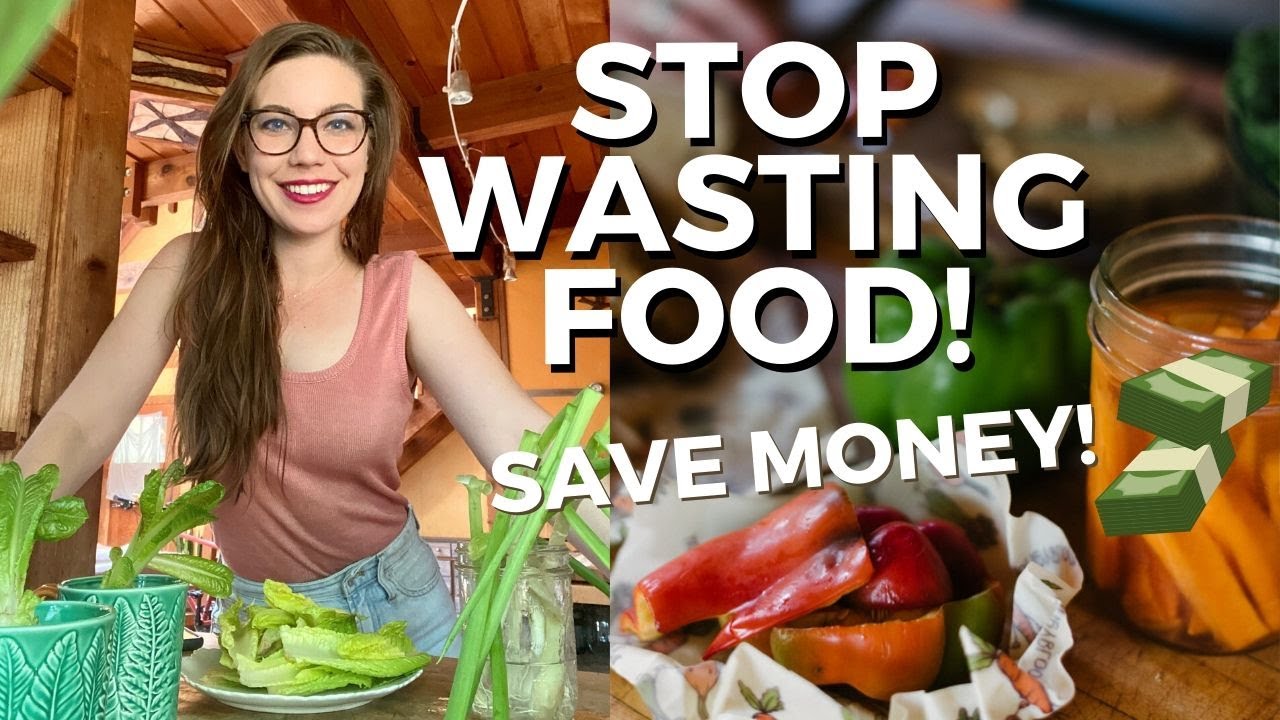
6 Ways to Avoid Food Waste and Save Money!
10. Resources And Tools
Consider using the following resources to assist in reducing food waste:
- Apps and websites: Utilize platforms that help track food inventory, suggest recipes for leftovers, or connect you with food sharing initiatives.
- Toolkits: Look for community resources that provide guidelines for starting food waste reduction campaigns or composting programs.
Useful Resources:
- Apps: "Too Good To Go" for surplus food.
- Websites: NRDC for food waste resources.
FAQs About How To Prevent Food Waste
How Can I Tell If Food Is Still Safe To Eat?
To assess food safety, check for signs of spoilage, such as off odors, discoloration, or mould. The USDA’s Food Safety website offers guidelines based on food type and storage conditions to help determine whether food is still safe to consume.
What Are Some Easy Recipes To Use Up Leftovers?
Simple recipes such as stir-fries, frittatas, and soups are excellent for utilizing leftovers. These dishes can incorporate various proteins, vegetables, and grains, making them both versatile and delicious.
How Can I Get My Kids Involved In Reducing Food Waste?
Encourage children to participate in meal planning, grocery shopping, and cooking. Teaching them about food waste and how to use leftovers effectively fosters good habits from an early age.
Conclusion
Reducing food waste is a collective responsibility that begins at home. By understanding the causes and implementing practical strategies, individuals can significantly minimize their impact on the environment and contribute to a more sustainable future. Taking small, actionable steps toward reducing food waste can lead to substantial benefits for both society and the planet.
Read Also: Dunkin' Espresso: Types, Prices, And Nutritional Info
